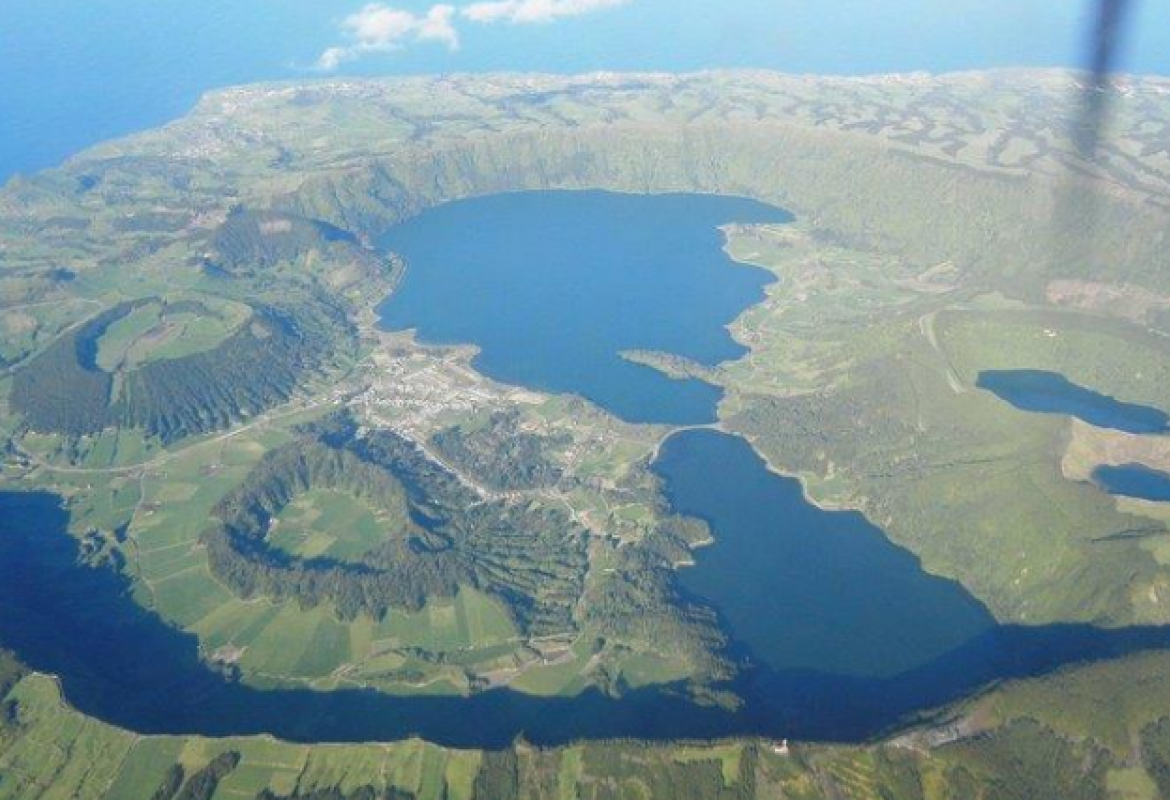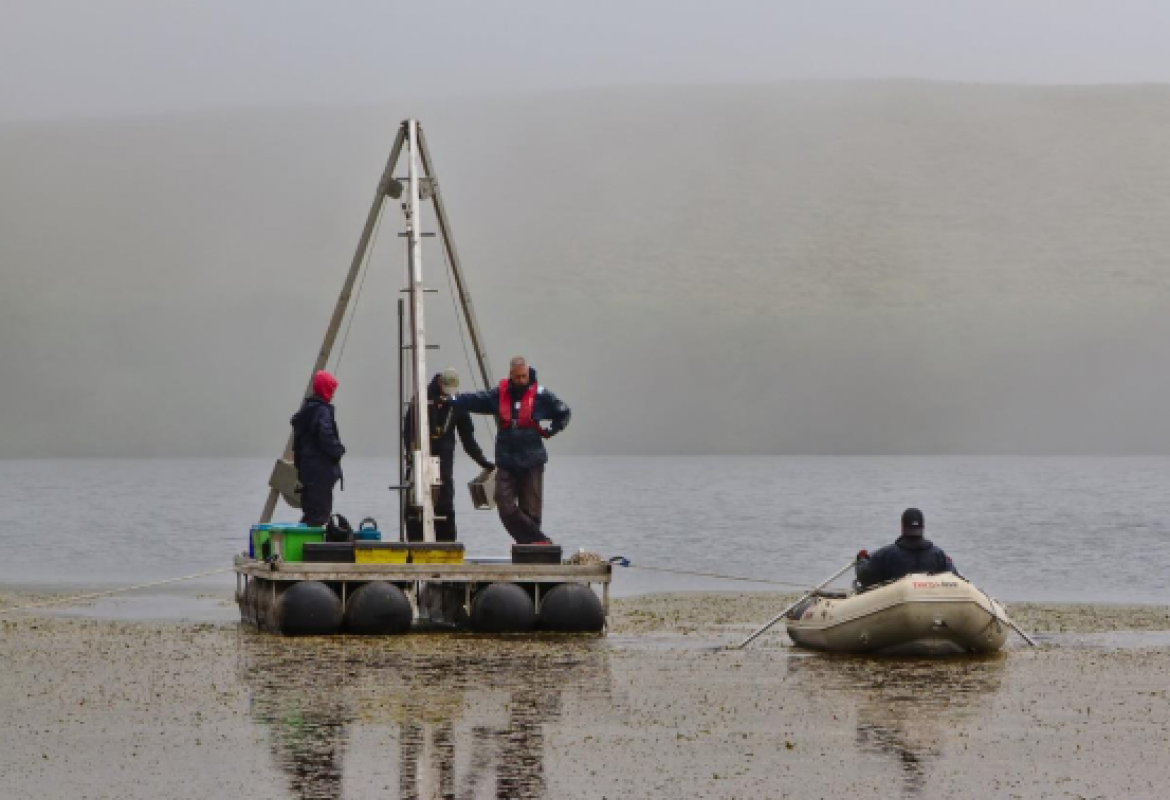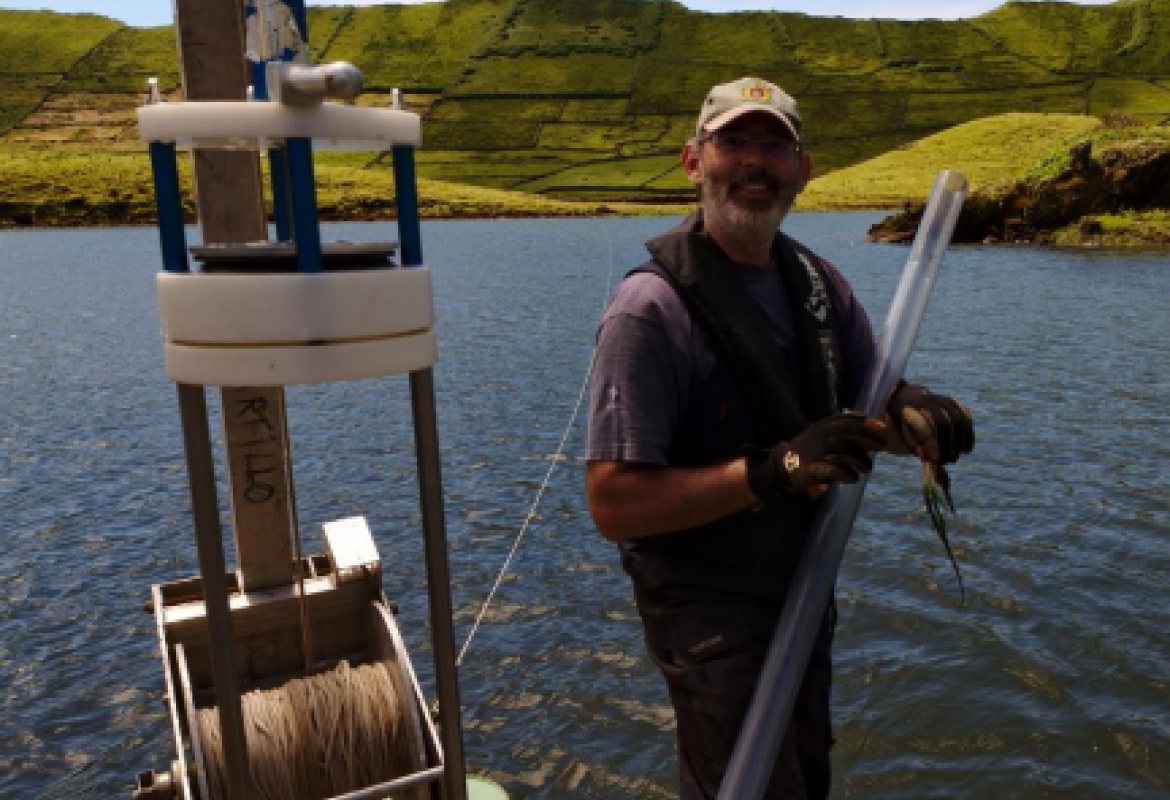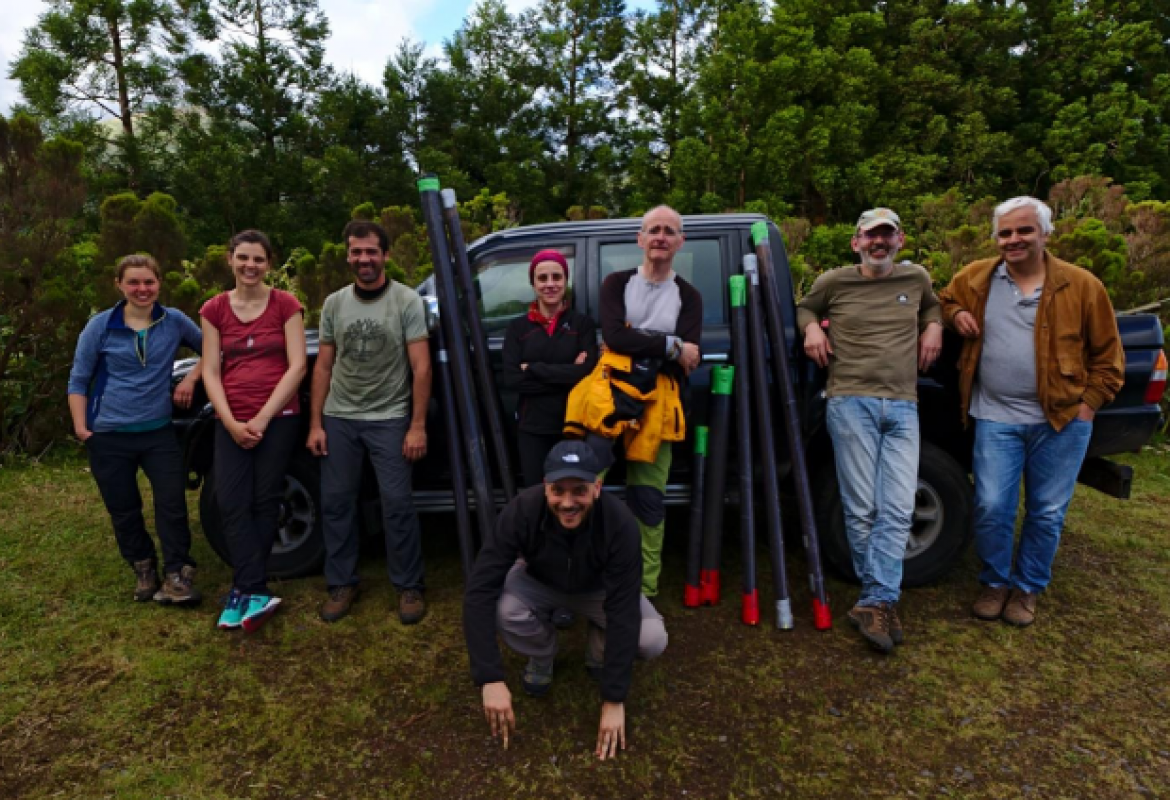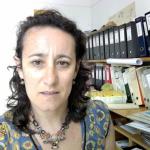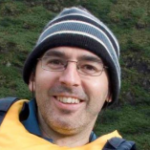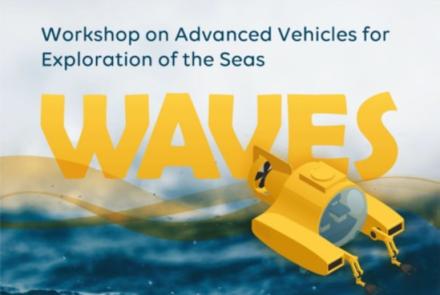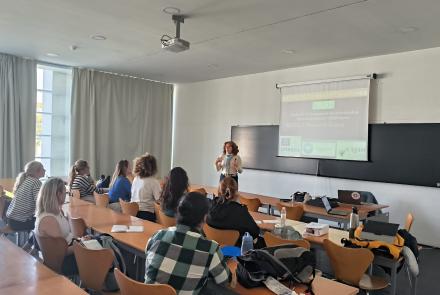PALEO - Paleolimnologia
The paleolimnology group aims to study past climate and environmental changes and their causes, with a focus on human impact, by the analysis of paleo environmental archives.
These natural environmental archives include lake sediments and peat bogs sampled and analysed using a multiproxy approach (e.g., classical as well as cutting-edge proxies) allowing the reconstruction of past environmental changes (e.g., climatic, volcanic and anthropogenic change) and ecosystem processes (e.g., food web changes following the introduction of top predators, methane cycling in lakes).
The classical methods used are based on several biological (pollen, charcoal, diatoms, cladocera and chironomids), chemical (organic and inorganic chemical composition of the sediments, stable isotopes in organic matter), sedimentological (lithological description of the sediments) and mineralogical indicators and cutting edge methods, based on molecular markers (e.g., aDNA, leaf waxes) that are used to reconstruct and interpret past environmental and climate conditions.
The group expects to understand the links between changing climate and their impact on past human populations and societies to predict incoming climatic and ecological events and to envisage adaptive responses. The Paleolimnology group includes three senior researchers, one Ph.D. student, two M.Sc. students and one research grant holder, and has several international collaborators on several projects.
Our research covers two areas:
- Terrestrial systems: landscape and climate histories;
- Aquatic systems: freshwater and brackish systems’ ecology and diversity influenced by humans and climate.



